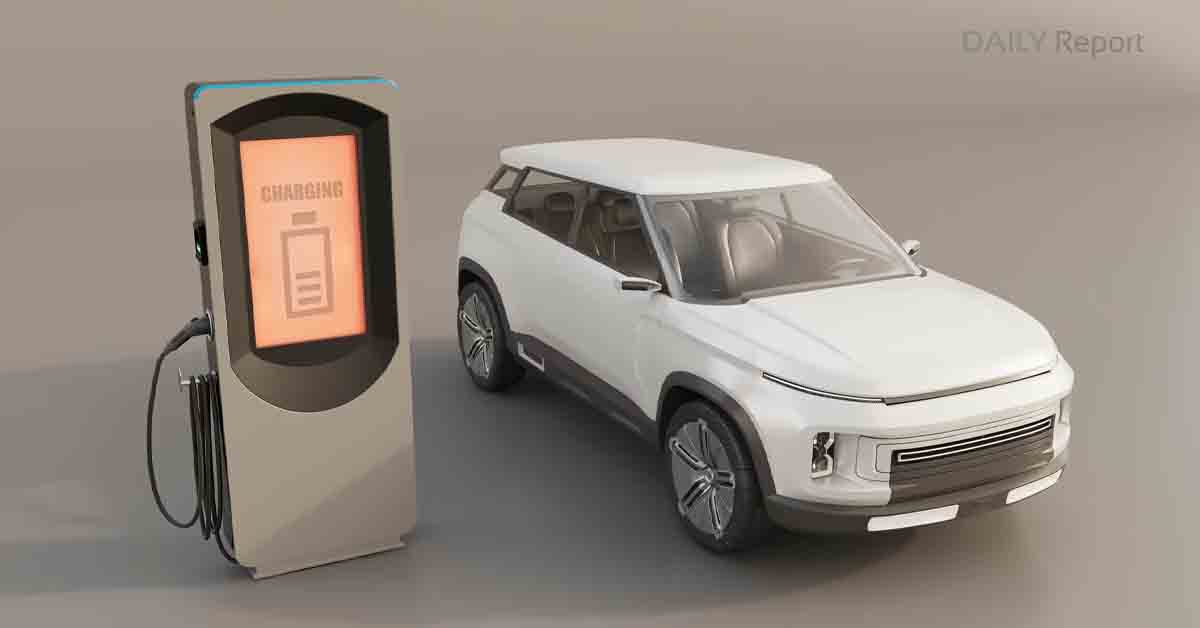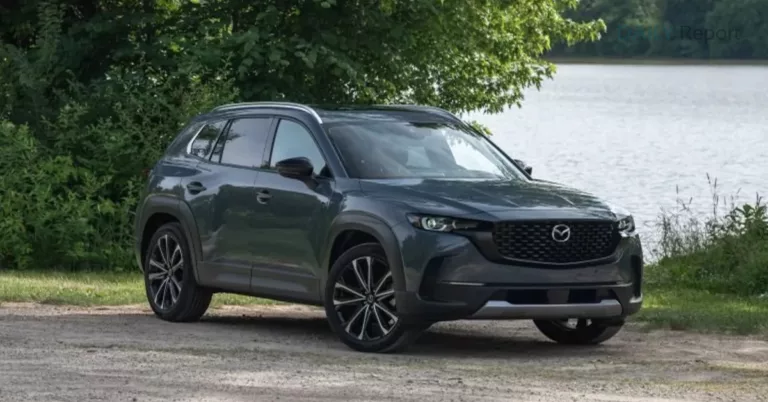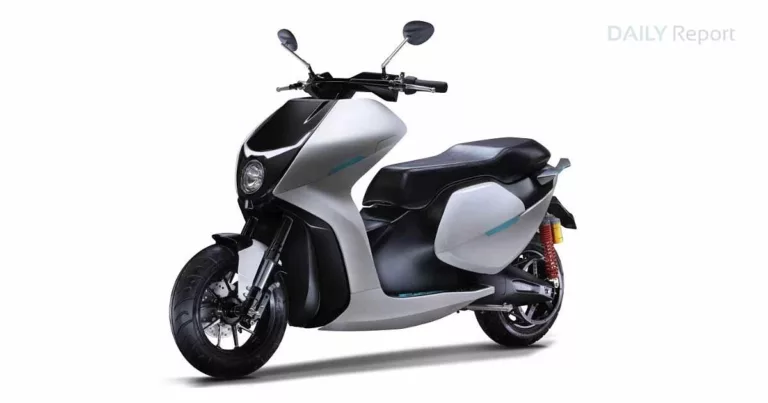The Future of Electric Vehicles: A Revolutionary Shift in Transportation 2023
Introduction:
Electric vehicles (EVs) have experienced rapid growth and technological advancements in recent years, transforming the automotive industry and shaping the future of transportation. As concerns about climate change and the depletion of fossil fuels intensify, the adoption of electric vehicles becomes increasingly vital. This essay explores the future of electric vehicles, analyzing the expected developments, challenges, and opportunities in this dynamic field.
I. Technological Advancements:
1. Batteries and Range:
Electric vehicle batteries have been a critical focus of research and development. The future holds promise for significant advancements in battery technology, including higher energy density, faster charging, and longer ranges. Lithium-ion batteries may be replaced or complemented by solid-state batteries or alternative battery chemistries, offering superior performance and enhanced safety features.
2. Charging Infrastructure:
The expansion of charging infrastructure is crucial for the widespread adoption of EVs. In the future, an extensive network of high-speed charging stations will be established, enabling long-distance travel without range anxiety. Wireless charging technologies integrated into roads and parking spaces will provide convenient charging options, making EV ownership more accessible and practical.
3. Autonomous Driving:
Electric vehicles are set to be at the forefront of autonomous driving technology. Enhanced sensors, artificial intelligence, and connectivity will enable EVs to navigate efficiently and safely. The integration of self-driving features will revolutionize transportation, reduce accidents, and improve traffic flow. EVs’ compatibility with autonomous systems will lead to seamless ride-sharing services and a shift away from individual car ownership.
II. Environmental Impact:
1. Emission Reduction:
The transition to electric vehicles plays a pivotal role in combating climate change. As the global energy grid becomes cleaner with renewable energy sources, EVs will contribute to significant reductions in greenhouse gas emissions. The electrification of transportation will result in cleaner air, reduced noise pollution, and improved public health.
2. Sustainable Materials:
The future of electric vehicles also involves the use of sustainable materials in their production. Automakers are exploring alternatives to traditional materials, such as lightweight composites and recycled materials, to reduce the carbon footprint associated with vehicle manufacturing. This shift towards sustainable materials will contribute to a more environmentally friendly automotive industry.
III. Market Trends and Economic Impact:
1. Cost Reduction:
Advances in technology, economies of scale, and government incentives will drive down the cost of electric vehicles. Battery prices continue to decline, and manufacturing efficiencies increase, making EVs more affordable for consumers. The total cost of ownership for EVs, including maintenance and fuel, is expected to be lower than that of internal combustion engine vehicles, further incentivizing their adoption.
2. Job Creation:
The transition to electric vehicles will create new employment opportunities. The manufacturing, installation, and maintenance of charging infrastructure, as well as the production of batteries and electric drivetrains, will require a skilled workforce. The growth of the EV industry will contribute to economic development and job creation across various sectors.
IV. Challenges and Opportunities:
1. Infrastructure Development:
The expansion of charging infrastructure remains a significant challenge. Governments, utility companies, and private entities need to collaborate to establish a robust and reliable network of charging stations. Smart grid technologies and increased energy storage capacity will be necessary to manage the increased demand from EVs.
2. Raw Material Supply:
The demand for batteries will lead to an increased need for raw materials such as lithium, cobalt, and nickel. Ensuring a sustainable and ethical supply chain for these materials will be crucial. Recycling initiatives and the development of alternative battery chemistries can help mitigate the environmental impact and reduce reliance on scarce resources.
3. Consumer Acceptance:
Widespread adoption of electric vehicles relies on consumer acceptance. Range anxiety, charging times, and vehicle affordability are common concerns for potential EV buyers. However, as technology improves, these concerns are being addressed. Educating consumers about the benefits of EVs, providing incentives, and offering comprehensive support networks will help increase consumer acceptance and confidence in electric vehicles
4. Regulatory Framework:
Governments worldwide are implementing policies and regulations to accelerate the transition to electric vehicles. Stricter emission standards, financial incentives, and investments in charging infrastructure are examples of measures aimed at promoting EV adoption. Continued collaboration between governments, industry stakeholders, and environmental organizations will shape a favorable regulatory framework for electric vehicles.
5. Integration with Renewable Energy:
The integration of electric vehicles with renewable energy sources presents an exciting opportunity. EVs can serve as mobile energy storage units, allowing for bi-directional energy flow. Vehicle-to-grid (V2G) technology enables EVs to supply energy back to the grid during peak demand, contributing to grid stability and optimizing renewable energy utilization.
6. Geographical and Market Variations:
The future of electric vehicles will vary across different regions and markets. Developed countries with established infrastructure and supportive policies are likely to experience faster adoption rates. However, emerging economies can also benefit from the electrification of transportation, reducing their dependence on imported fossil fuels and improving air quality. Tailoring strategies to regional needs and conditions will be crucial for maximizing the potential of electric vehicles globally.
7. Electric Vehicle Integration in Public Transportation:
Electric vehicles will play a significant role in public transportation systems of the future. Electric buses, trains, and other forms of public transport will replace their fossil fuel counterparts, reducing emissions and improving air quality in cities. The electrification of public transportation will have a substantial impact on reducing traffic congestion and making urban areas more livable.
8. Electrification of Commercial Fleets:
The electrification of commercial fleets, including delivery vehicles, taxis, and ride-sharing services, is another key aspect of the future of electric vehicles. As businesses recognize the economic and environmental advantages of EVs, they will transition their fleets to electric, further accelerating the adoption of electric vehicles and reducing emissions in the transportation sector.
9. Energy Storage Solutions:
Electric vehicles have the potential to serve as energy storage solutions beyond their transportation capabilities. By integrating with renewable energy systems, such as solar and wind power, EVs can store excess energy during periods of low demand and supply it back to the grid during peak hours. This vehicle-to-grid (V2G) technology not only supports grid stability but also enhances the overall efficiency and reliability of renewable energy sources.
10. Innovative Vehicle Designs:
As electric vehicles become more mainstream, we can expect to see innovative designs that take full advantage of their unique characteristics. With the absence of a traditional combustion engine, EVs offer increased flexibility in terms of vehicle architecture and interior space utilization. We can anticipate compact and versatile designs that prioritize efficiency, connectivity, and passenger comfort.
11. Collaboration between Industries:
The future of electric vehicles will require collaboration between various industries. Automakers, technology companies, energy providers, and governments need to work together to overcome challenges and capitalize on opportunities. Partnerships in research and development, infrastructure development, and policy frameworks will be essential to drive the electric vehicle revolution forward.
12. Global Impact and Mobility Equity:
The transition to electric vehicles has global implications. Developing countries that heavily rely on fossil fuel imports will have an opportunity to reduce their dependence and promote local renewable energy sources. Furthermore, the electrification of transportation can contribute to addressing mobility equity, ensuring that all communities have access to clean and affordable transportation options.
13. Impact on the Oil Industry:
The widespread adoption of electric vehicles will have a significant impact on the oil industry. As more vehicles transition to electric power, the demand for fossil fuels will decrease, leading to a fundamental shift in the energy landscape. This shift will have geopolitical implications, as countries heavily reliant on oil exports may need to diversify their economies.
14. Evolution of Battery Technology:
Battery technology will continue to evolve and improve in the future, enabling longer ranges, faster charging times, and increased energy density. Research and development efforts are focused on advancing battery chemistries, exploring new materials, and enhancing manufacturing processes to make electric vehicles even more efficient and cost-effective.
15. Integration of Artificial Intelligence and Connectivity:
Electric vehicles of the future will be highly connected and equipped with advanced artificial intelligence capabilities. This will enable features such as predictive maintenance, real-time performance optimization, and seamless integration with smart homes and infrastructure. Connectivity will enhance the overall driving experience and provide a range of services to support electric vehicle owners.
16. Circular Economy and Battery Recycling:
The growth of electric vehicles will necessitate the development of robust battery recycling infrastructure. To minimize environmental impact and optimize resource utilization, a circular economy approach must be adopted. Efforts to establish efficient recycling processes and extract valuable materials from used batteries will be critical for the sustainable development of the electric vehicle industry.
17. Evolving Design and Personalization:
As electric vehicles become more mainstream, we can expect to see a shift in design trends and a greater emphasis on personalization. Electric vehicle manufacturers will strive to differentiate their offerings through unique designs, customizable features, and enhanced user experiences. This will cater to a diverse range of consumer preferences and further drive the adoption of electric vehicles.
18. Advancements in Energy Storage:
The progress in electric vehicle battery technology will have spillover effects in other industries, particularly energy storage. The knowledge and innovations gained from EV batteries can be applied to grid-scale energy storage systems, facilitating the integration of renewable energy sources and enhancing grid resilience.
In conclusion, the future of electric vehicles is one of ongoing progress and transformative change. Technological advancements, environmental imperatives, and shifting market dynamics will continue to drive the growth and evolution of electric vehicles. By embracing this shift, we can create a cleaner, more sustainable transportation system that benefits both the environment and society as a whole. The future of electric vehicles holds the promise of cleaner air, reduced dependence on fossil fuels, and a more sustainable future for generations to come.







